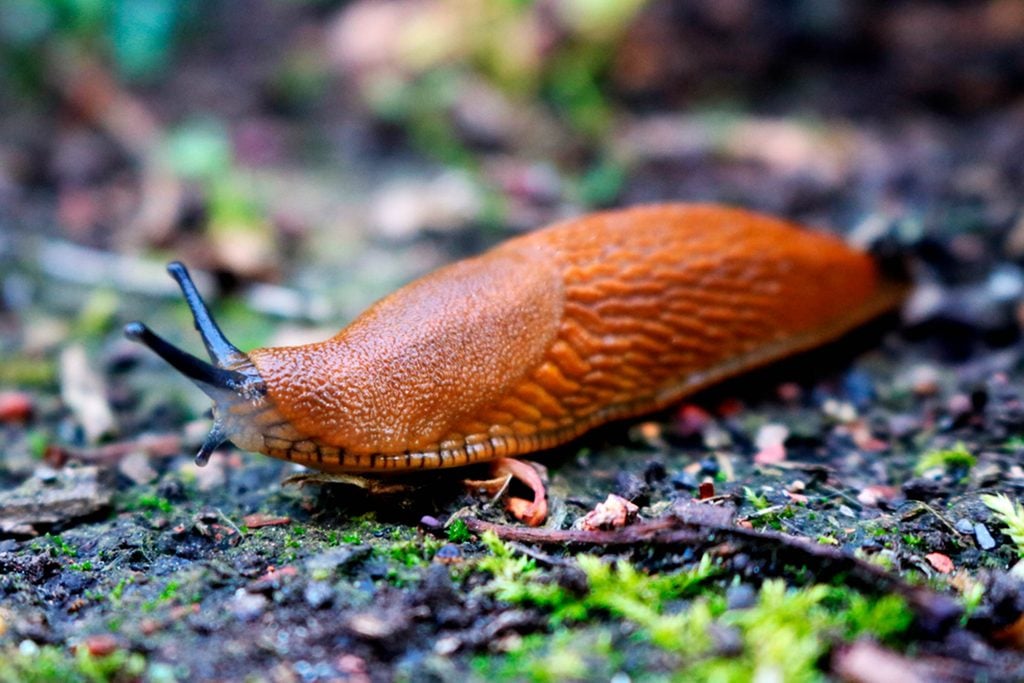Slugs May Be the Key to This New Breakthrough Medical Innovation
Updated: Sep. 01, 2017
Can a slug help plug your wounds? New research suggests yes.
For seasoned gardeners, one of the last things you want to see peeking out of your freshly tilled soil is a slug. There are plenty of ways to get rid of them and other garden pests, but it’s probably more preferable to never see them in the first place. They’re ghastly, greasy, and almost alien-like, tracing slides of slime all over the fertile earth of your planters.
While these nasty little guys may do little to solve your gardening woes, they may prove to be a big help next time you prick yourself on your roses.
(Every rose has its thorns, and every rose color has a meaning, by the way.)
A new medical adhesive which mimics itself after the mucus of the arion subfuscus (one of the most common slugs in North America) has proven to be effective, according to a new study published in Science Magazine.
The study was attempting to address a common problem with the standard solution to wounds in the medical field; frequently, the attempted solution doesn’t quite mesh with the human body, because it is non-organic and non-adaptive. A set of stitches or a staple can only do so much because it’s a rigid, non-changing solution. Additionally, many current solutions in the medical field cannot continue to adhere to “diverse wet surfaces.”

Andrew Smith, a professor of biology at Ithaca College, told Smithsonian about the initial inspiration he found in the form of the slug mucus.
“When I discovered these slugs and picked one of them up, I knew this material was really amazing. It literally oozes off the back of the slug and sets in seconds into a really tough, elastic gel.The thing that makes it exciting is that the material is very tough,” said Smith.
The research included the work of authors from Boston Children’s Hospital, Harvard University, McGill University in Canada, Tsinghua University in China, Trinity College and the Royal College of Surgeons in Ireland, and the University of Nottingham in the United Kingdom.
The glue, which was created for the study, can stretch and adapt as needed, adhere itself to pretty much any surface, and remain durable for extended stretches of time. The adhesive proved to outperform all already available competitors in a lab test, successfully repairing a damaged beating pig heart and fixing injured rat livers.
So if you’re a rat or a pig, this is pretty big news.